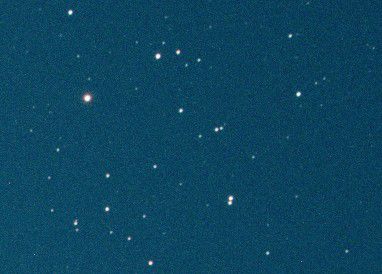V:
That's the dew heater ring uneven heating effect, the glass gets too hot, expands, and causes that. I'm currently investigating a seemingly permanent aberration in my system that I believe could possibly be caused by warping in the glass from this dew heater ring. You should not run this ring over 25-30%.
I'm going to test out different optical incidence angles to see if it's tilt, induced aberration, or the plate itself over the next few days and will likely update this with my findings.
I'd be very interested in what you find. The thought that a Celestron device that was set to auto manage itself has caused permanent damage to the corrector is very upsetting to me. The amount of time it would take to get this repaired by Celestron is about 3 months. I know this because I've had them replace the corrector on this C11 once before. They did a great job, and it imaged perfectly when returned, but I'd be gutted if I had to send this scope back off again.
Additionally, while I was inspecting the optical path last night, I noticed that I did not have the filter installed when I thought I did, so that eliminated one potential cause. I also noticed that there is quite a bit of dust
inside the OTA. The primary isn't covered with dust, but there is more than I would expect for how "new" this scope is. I know it won't matter much, but I'm OCD about these things and maybe this is just the universe providing a path to a new scope purchase.
I set the dew heater to 20% and we'll see what we get when the skies clear up here. Thanks for all the comments and support.



